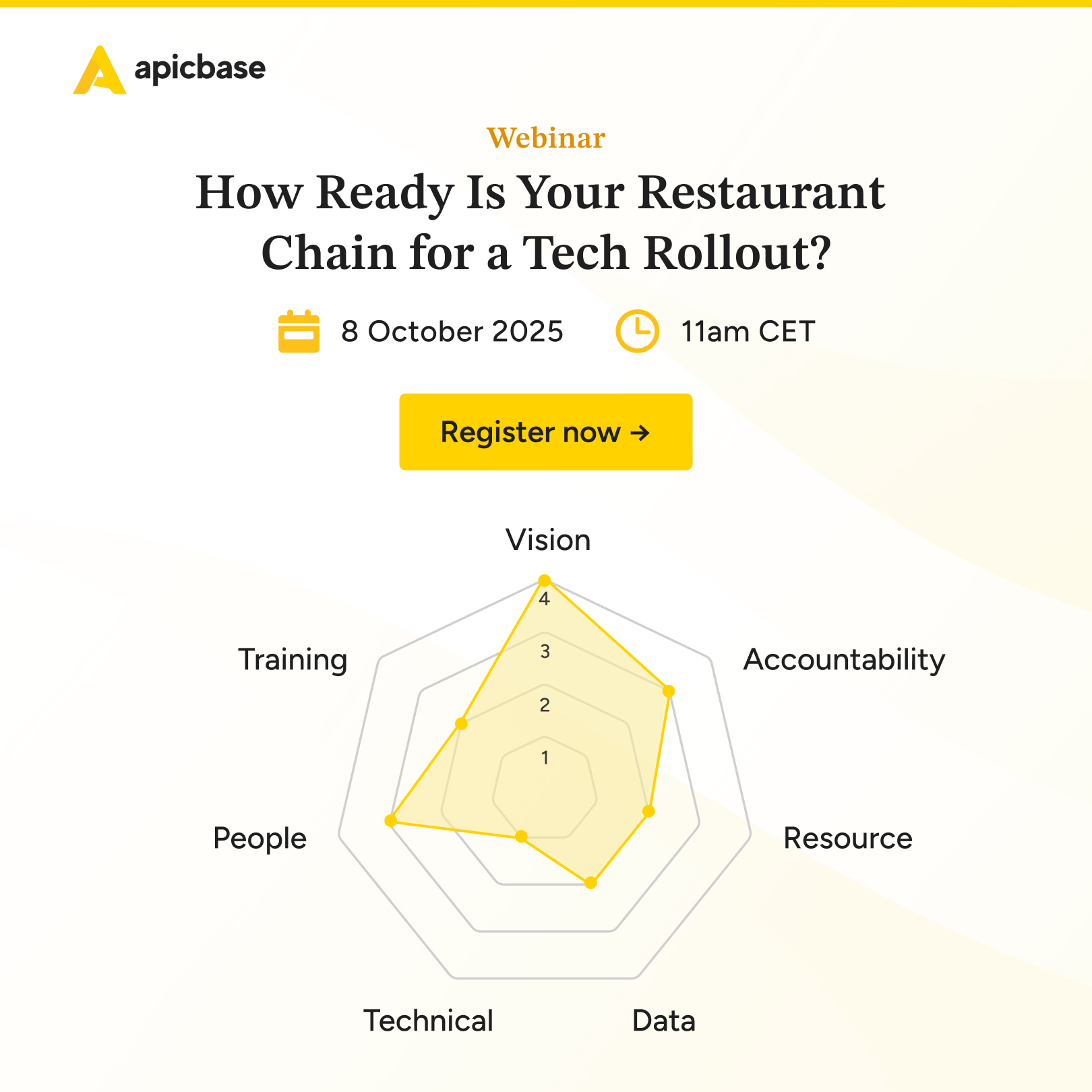The past two years have brought countless challenges for the restaurant industry. The pandemic forced restaurant operators across the globe to think on their feet as shutdown orders brought dine-in business to a standstill.
Proving once again that agility plays a crucial role in their survival, restaurants had to reinvent themselves countless times. They had to rapidly pivot to off-premises orders, adjust their menus and staffing, and gather local communities for support.
While the majority of restaurants worldwide have fully reopened and traffic patterns are improving, the industry still faces a number of challenges in making a full recovery.
During the course of the pandemic, consumers learned to prepare more meals at home, causing a spike in grocery sales but stagnating restaurant visits. Additionally, there’s been a major shift towards working from home that’s bound to drive less traffic to urban restaurants.
Almost two years into the pandemic, it is clear that the restaurant industry will be permanently changed by COVID-19, and new consumer behaviours left in its wake. The pandemic propelled the entire restaurant industry a few years into the future. It accelerated trends like online ordering and omnichannel strategies and forced (or enabled?) restaurants to come up with new, creative ways to serve customers.
While many of these changes were born of necessity, some of them could long outlast the pandemic. Let’s have a look at seven ways in which the restaurant industry has changed forever.
7 trends Shaping the Future of Restaurants after COVID-19
1. Off-premise orders aren’t going anywhere soon

While already gaining momentum years before the crisis, online food delivery and takeout skyrocketed early in the pandemic.
As consumer behaviour continues to shift towards convenience and speed of delivery, we can only assume that online food ordering will continue to be in high demand in the years to come.
Besides bringing in additional revenue, online ordering and off-premises sales channels increase customer engagement – when done right. The key is to offer a seamless experience across channels, providing customers with a consistent customer journey from browsing and ordering through paying, to fulfilment.
Consumers no longer view a restaurant as just a place where they can sit down and have dinner. They now perceive a restaurant as a food brand they can interact with in numerous ways, and across multiple touchpoints and channels.
Recommended read: How Will Off-Premise Dining In Europe Evolve? A Glimpse Into The Future
2. Technology will play a crucial part in the future-proof restaurant
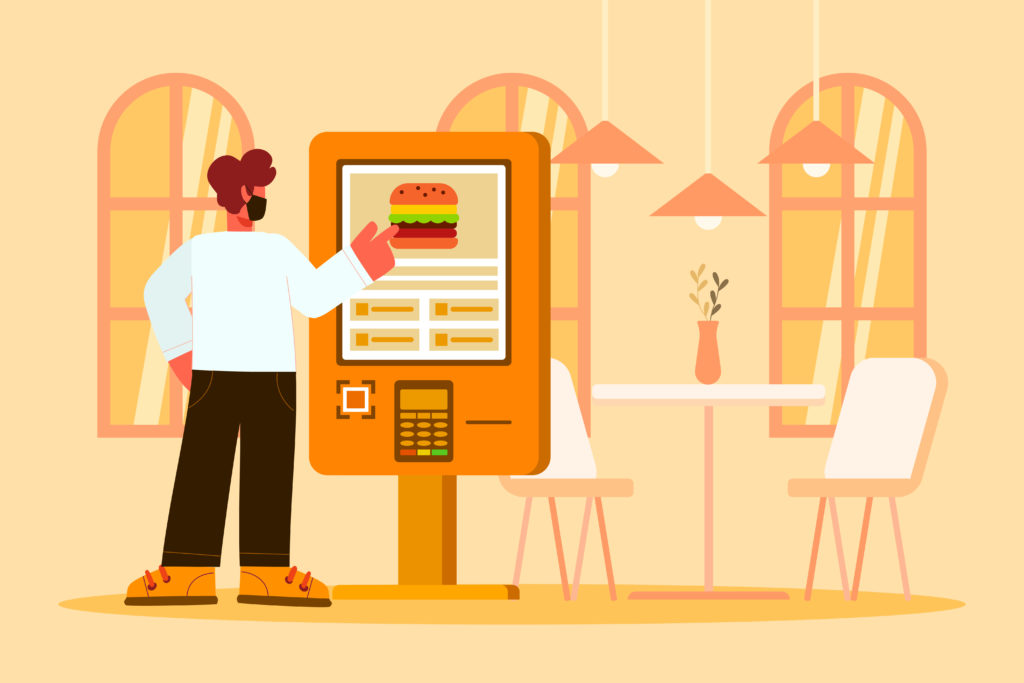
In order to accommodate new customer trends, restaurants will need to invest in modern technology.
Leveraging the right technology will help restaurants resume business, speed up transactions, and improve order accuracy. It will also help provide customers with a safe dining experience.
The modern restaurant tech stack includes – among others – a smart POS system, table side ordering and electronic menu technologies, mobile-ordering tech, contactless payment solutions, and maybe even self-order kiosks, and guest engagement apps. And don’t forget about staff scheduling tools, inventory, and menu management solutions.
What’s even more important than having all these different kinds of technological innovations in place is putting them to good use. That’s where all-in-one restaurant management solutions come in. They integrate with restaurants’ POS and other business systems, allowing them to communicate with each other. The integration results in streamlined operational efficiency.
Restaurant management solutions also automate business flows, boost profit margins, and enhance customer experience.
3. Menu engineering is key to staying in the game

COVID-19 has impacted restaurant supply chains, making it difficult for some restaurants to source their normal ingredients and impacting raw material prices. The crisis forced restaurants to reduce their menus and move to more local ingredients.
Smaller menus save costs and are easier to execute – even with minimum staffing – which, in turn, increases operational efficiency.
The concept of limited, yet hyper-efficient menus isn’t new, of course. Dark kitchens have been using it for a couple of years now, and the restaurant industry caught on to them during the pandemic. And with that, menu engineering started playing an even more important role.
Menu engineering is all about building a winning menu that only features highly profitable and highly wanted menu items. To streamline a menu, you need to understand the psychology behind it: how items are presented, promoted, priced, and ordered.
When you get your menu right, you can boost profit margins while simultaneously saving on food costs and reducing waste (aka items that take up space and aren’t used frequently).
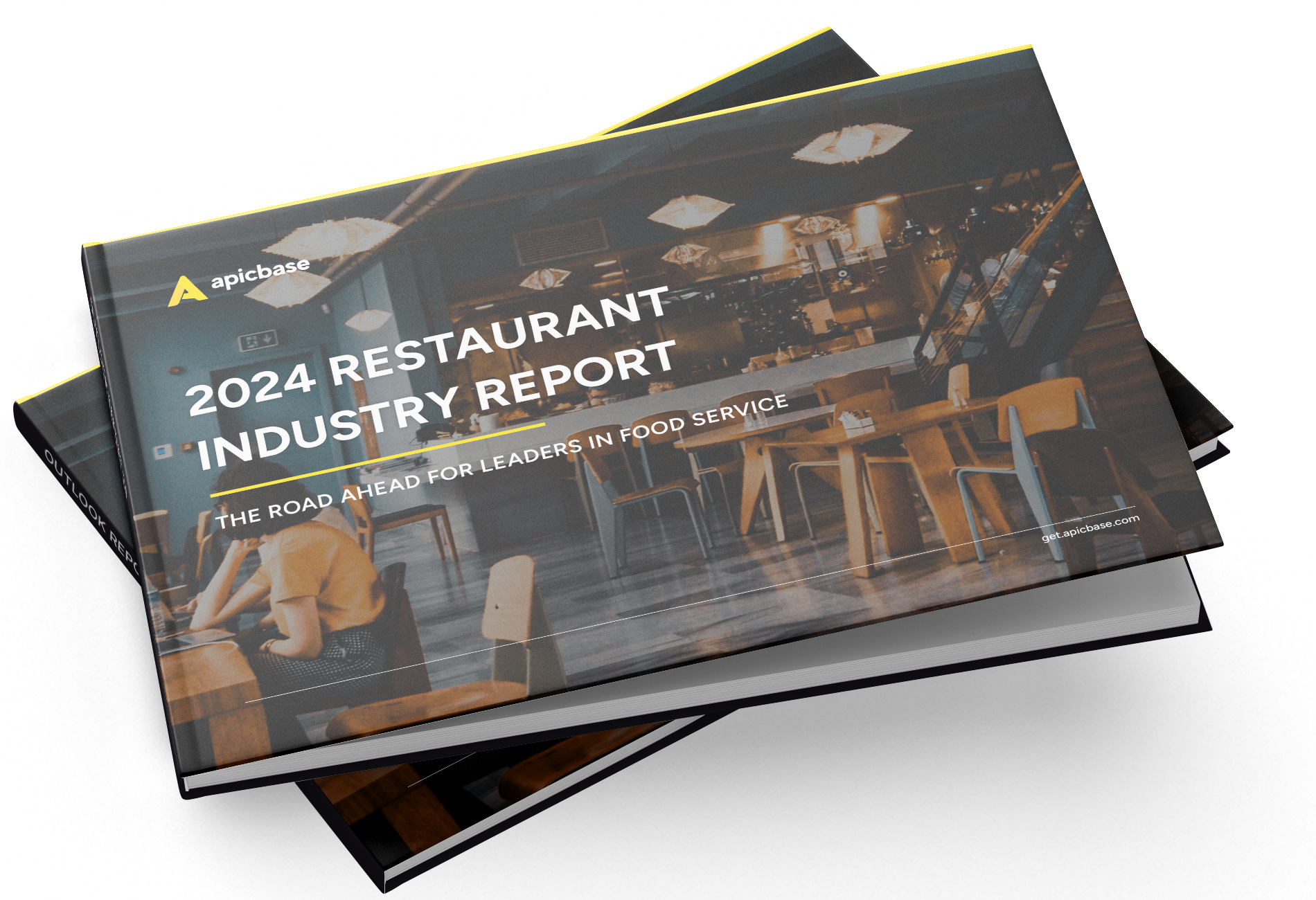
2024 Restaurant Industry Report
Read how successful restaurant leaders are tackling challenges in the foodservice industry.
4. The way restaurant staff operates will change

It’s no secret that the hospitality industry was hit extremely hard by the pandemic and many employees were laid off or put on furlough. But even as traffic and sales are picking up again, the foodservice industry is experiencing staff shortages.
With furloughed staff having picked up work elsewhere, or having abandoned the sector altogether, restaurants are struggling to cope.
High staff turnover has always been typical of the restaurant industry. Combined with today’s worker shortages, it means employee training is more important than ever. Restaurants need to be able to train new and even unskilled workers as fast and efficiently as humanly possible. What’s more, they need to do so without putting unnecessary pressure on current employees. Fortunately, digital innovative solutions can come to the rescue.
Apicbase’s recipe library, for instance, allows restaurants to create recipe training guides with step-by-step methodologies. This makes it easy for staff across venues to roll out recipes at the drop of a hat.
The “new reality” will also change the way staff operates. Some positions will remain specialized, but most team members will have to be cross-functional. With so many new sales channels, like curbside pick-up, drive-thru, mobile ordering, etc., and so many new technologies emerging, positions will require the need for multiple competencies.
Staff will also have to take on more of a brand ambassador role. This will include answering customers’ questions (about health and safety concerns, for one), and promoting additional revenue ideas. The employee turned brand ambassador generally will help enhance the customer experience to match new consumer needs.
[COB] Get #1 Back of House Software: Manage Recipes, Purchasing, Inventory and Analytics All in One Place. Apicbase gives your teams the tools and data to reduce food costs and drive operational excellence across your restaurants.
5. Franchising and chains will get a larger piece of the pie
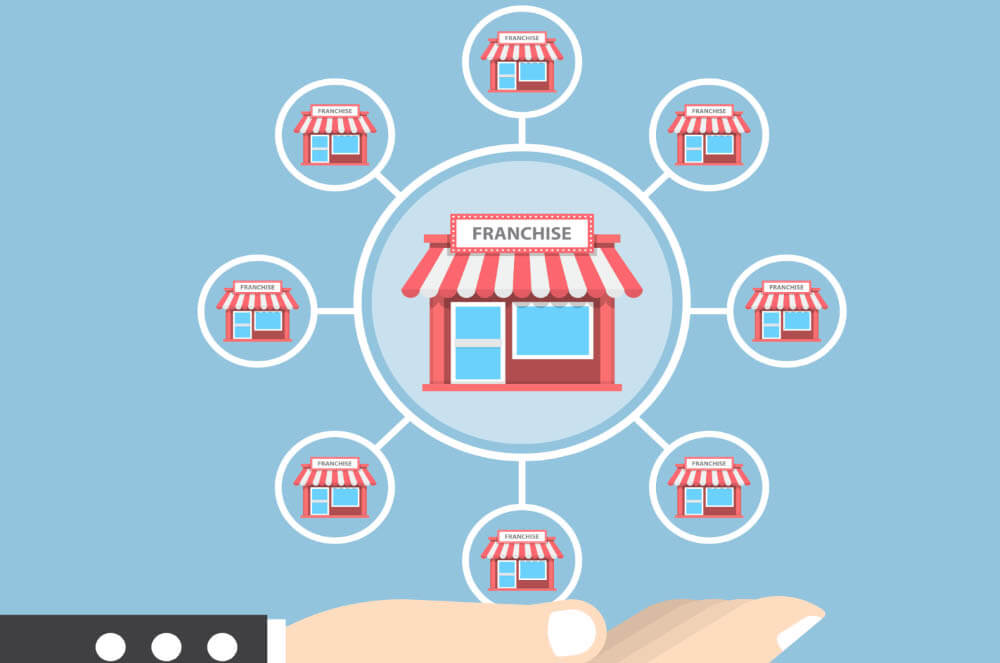
Pre-COVID-19, there were around 370,000 independently-owned restaurants in the US. Estimates say 10 to 15% of those might permanently close, putting around $20 to $35 billion in sales on the market. So who will swoop in and grab these shares?
- Franchise systems might. Amid the pandemic, they proved they were able to handle adversity in ways that independent competitors just couldn’t match. Today, potential franchisees look into how a franchisor responded to the crisis before making their decision. Combined with favorable real estate, low interest rates, and large numbers of unemployed restaurant staff, this can lead franchise sales to go through the roof.
- Restaurant chains make for another likely candidate. Big investors and chains have been acquiring independent catering and restaurant businesses for years. Again, the current situation involving high unemployment and low real-estate prices and interest rates may lead the restaurant chains’ market share to consolidate. In a few years, we could be seeing most hospitality businesses operating as part of a chain or label.
Recommended Read: What Is A Franchise Restaurant? — Benefits For Growing Food Brands
6. Real-estate footprints will shrink

In 2019, the global market size of dark kitchens was valued at around $40 billion. But the pandemic has accelerated the market years in just a few months. A Euromonitor report estimates that the dark kitchen segment could create a $1 trillion global opportunity by 2030.
As dark kitchens continue to gain steam, it’s not just experts who see the potential in this innovative business model. In an effort to reach customers at the height of the pandemic, restaurants started adopting virtual restaurant brands. This concept allowed them to bring in revenue without having to change their existing real estate.
With the rapid growth of delivery and takeout, the virtual brand trend is not likely to die down soon.
The acceleration of digital ordering will also make restaurants think twice about their real-estate footprints. Adapting for more off-premises sales, restaurants may shrink down dine-in floor space and enlarge kitchen space, take-out and pick-up areas instead. By doing this, they are reprioritizing to put the customer first and maximize profits.
Recommended Read: 75+ Restaurant Industry Statistics | The Ultimate List of 2022
7. Customers will need reassurance about safety and hygiene

Food safety and hygiene have always been essential aspects of the hospitality industry, but for obvious reasons, they matter even more today.
Taking precautionary measures to make sure dining in is a safe experience will remain a priority even after the pandemic. Including safety standards and communicating about them in an efficient and transparent way will make or break a restaurant.
Restaurants will need to continue to reassure customers and employees alike. Precautionary measures like face masks, gloves, and temperature testers are therefore likely to stay. Hands-free handwashing stations and contactless ordering and payment solutions will become part of the norm. So will air quality technology like air purification and CO2 monitoring systems.
But there is more. Restaurants will also have to change their physical spaces to allow for more flexible seating. There will be fewer tables that are more spaced out throughout the dining floor, and more lounge-style, outdoor seating. Plexiglass dividers and other portable barriers will continue to stick, helping restaurants to keep following social distancing measures.
All of these changes prioritize guest comfort and safety. Restaurant operators willing to adapt to these new needs will find it is an excellent way to drive traffic back to their restaurant.
The Restaurant of the Future Will Look Like this
With one of the most challenging times for the industry (almost) behind us, the hospitality sector proved it is resilient, resourceful, and ready to thrive in the future. But what a restaurant does next is what will really determine its success.
The key is not to stay stagnant in everyday operations and adapt to new trends that matter to customers.
The restaurant of the future is ready to pivot to digital ordering, harnessing new restaurant technologies to increase operational efficiency and streamline business flows. It also understands how to design a top-performing menu, and how to efficiently train and retain workers and turn them into food brand ambassadors.
Future-proof restaurants know that off-days can happen, but not when it comes to food safety and hygiene. They are willing to change up their layout to accommodate new seating preferences. The restaurant of the future stays in tune with what matters most to its customers and alters experiences accordingly.
In order to ensure their future success, restaurants must stay agile and have the ability to shift gears quickly based on business conditions and restrictions.
Get ready for the future today. Get Apicbase.
Providing one platform to run your entire back of house, Apicbase can help your restaurant achieve operational excellence so you are ready to adapt to evolving customer preferences.
Apicbase’s cloud-based food management solution helps you manage your kitchen backend more efficiently, from importing ingredients to generating detailed bills of materials. Its technology saves you time and money on aspects like menu engineering, procurement, and data management.
While Apicbase irons out the technical details, your restaurant can focus on what matters most: creating tasty dishes and memorable experiences. This will, in turn, increase profits and customer satisfaction.

Schedule a Demo
Do you want to see how Apicbase can improve your restaurant operations? Tab the button below and schedule a time to talk to one of our restaurant industry experts.



